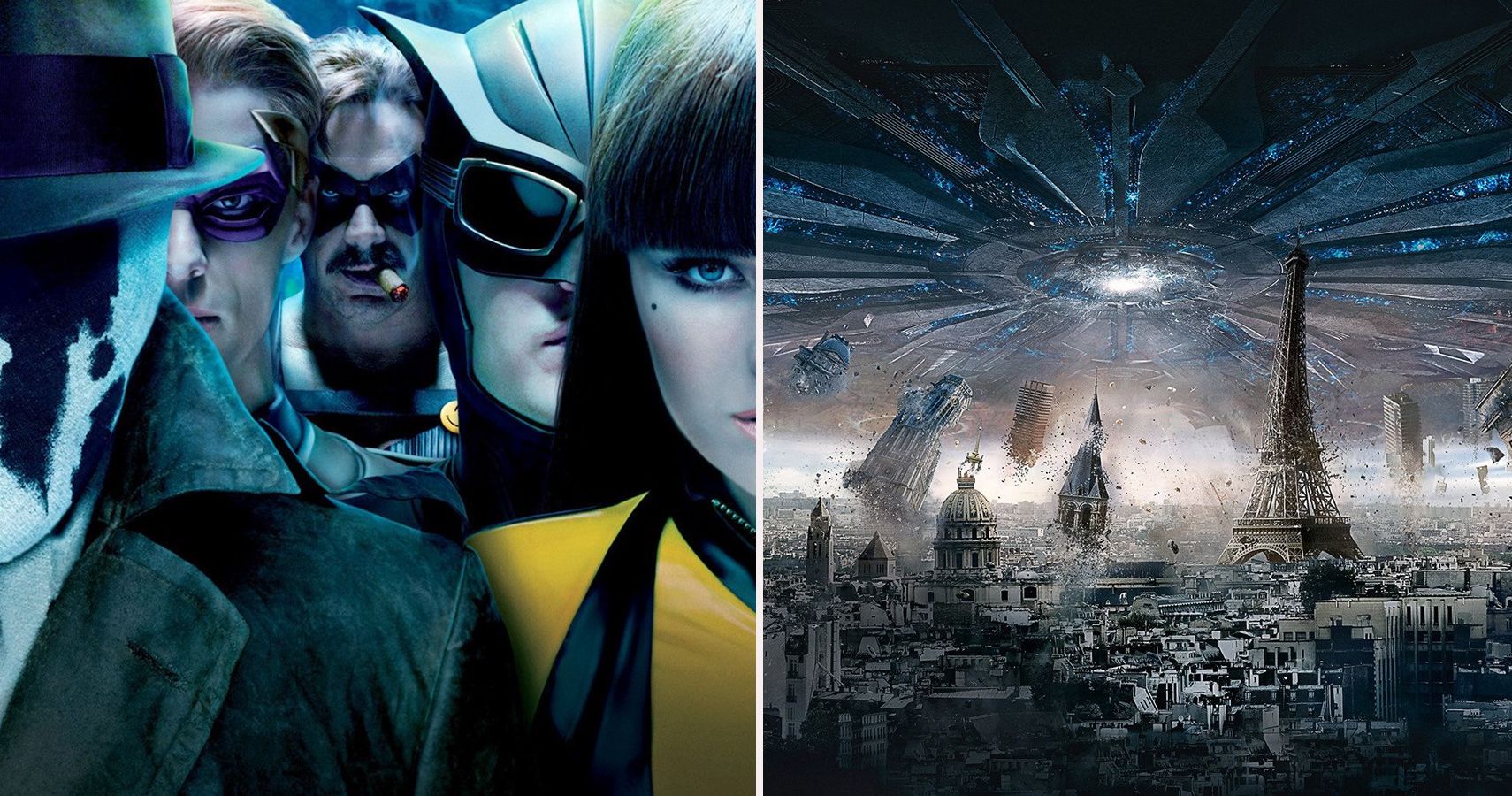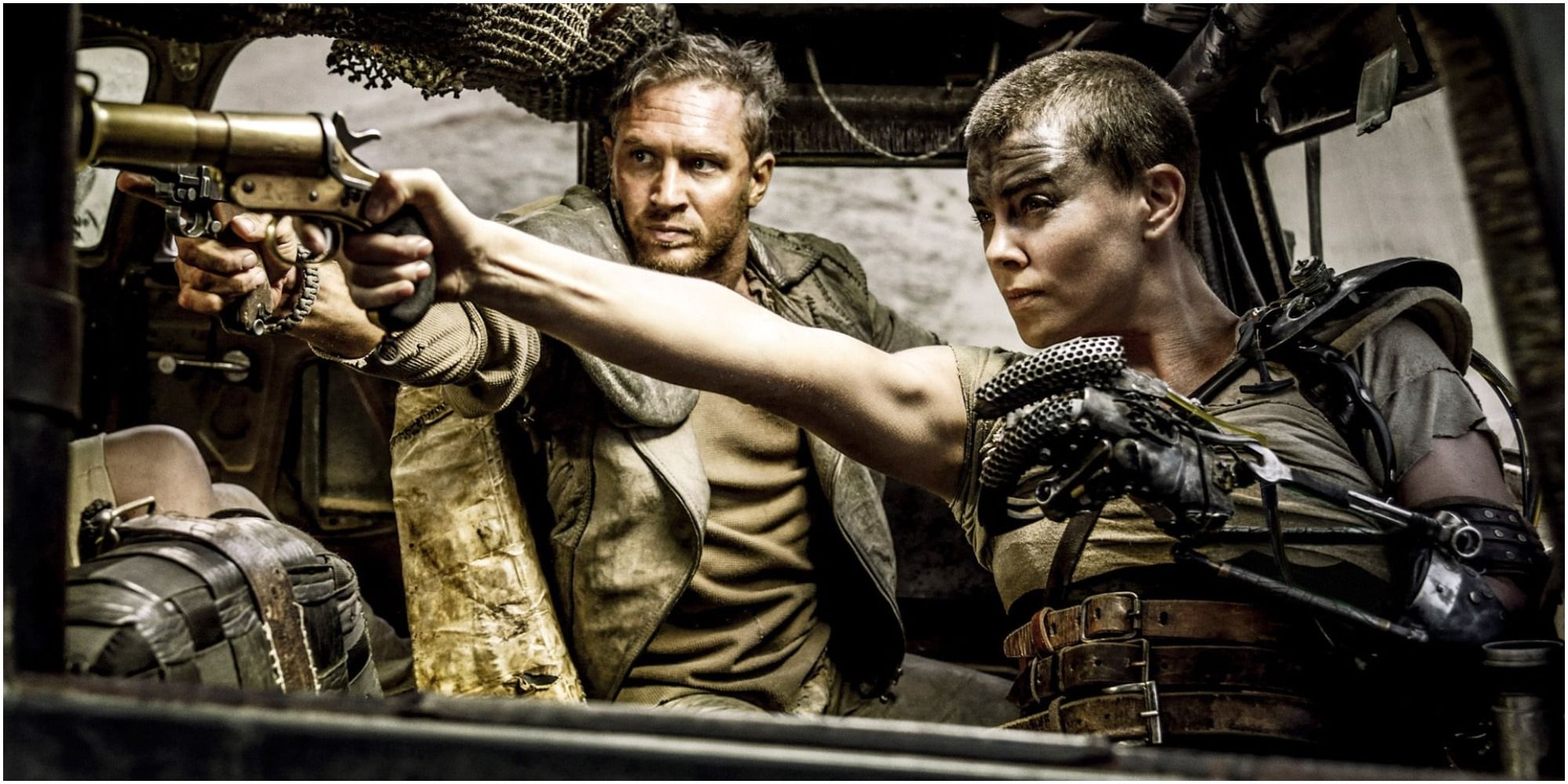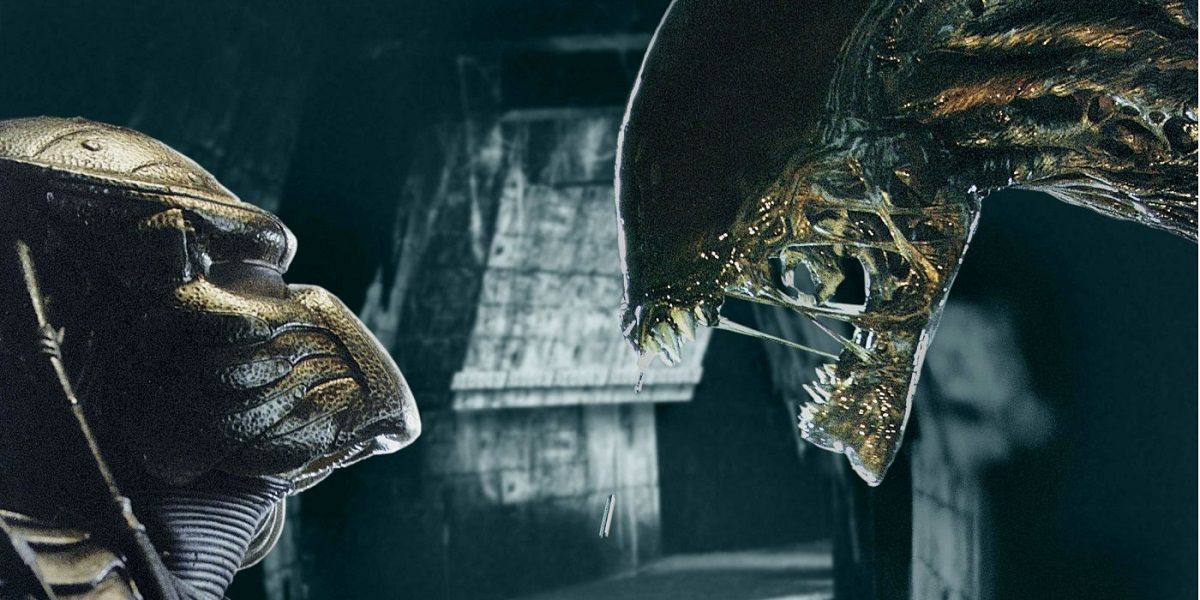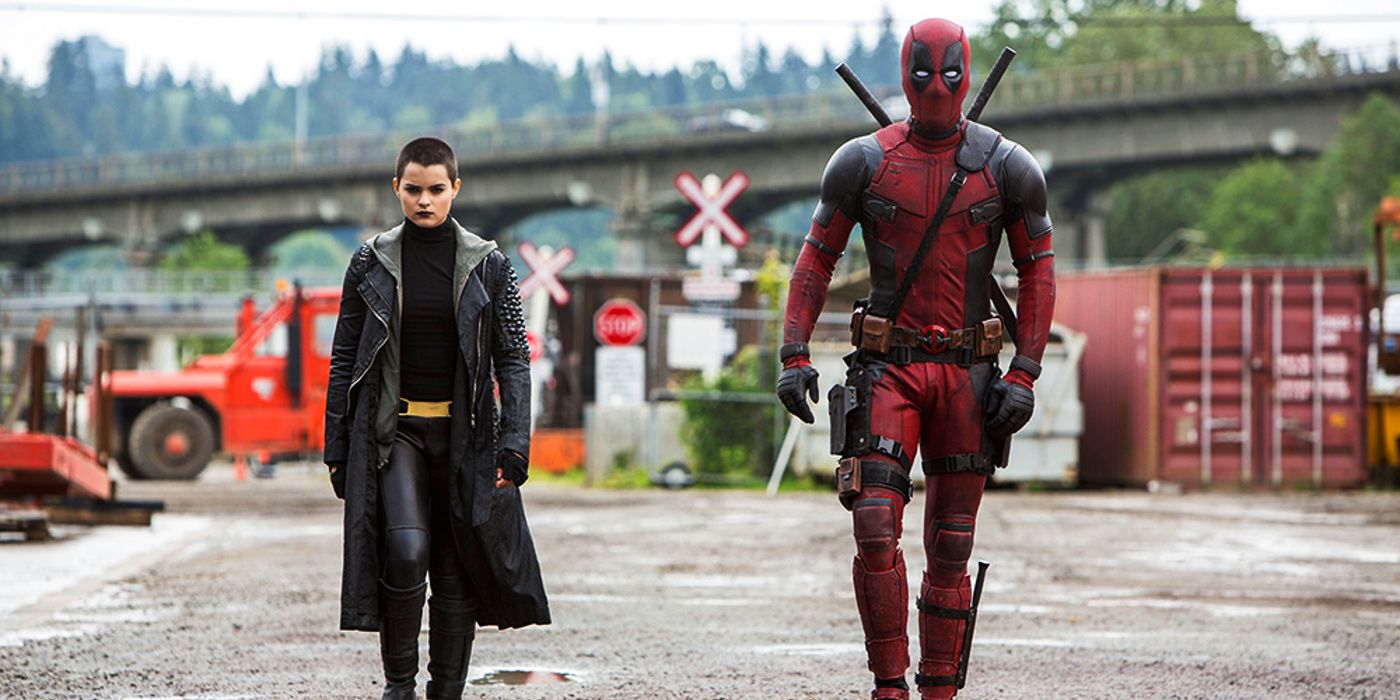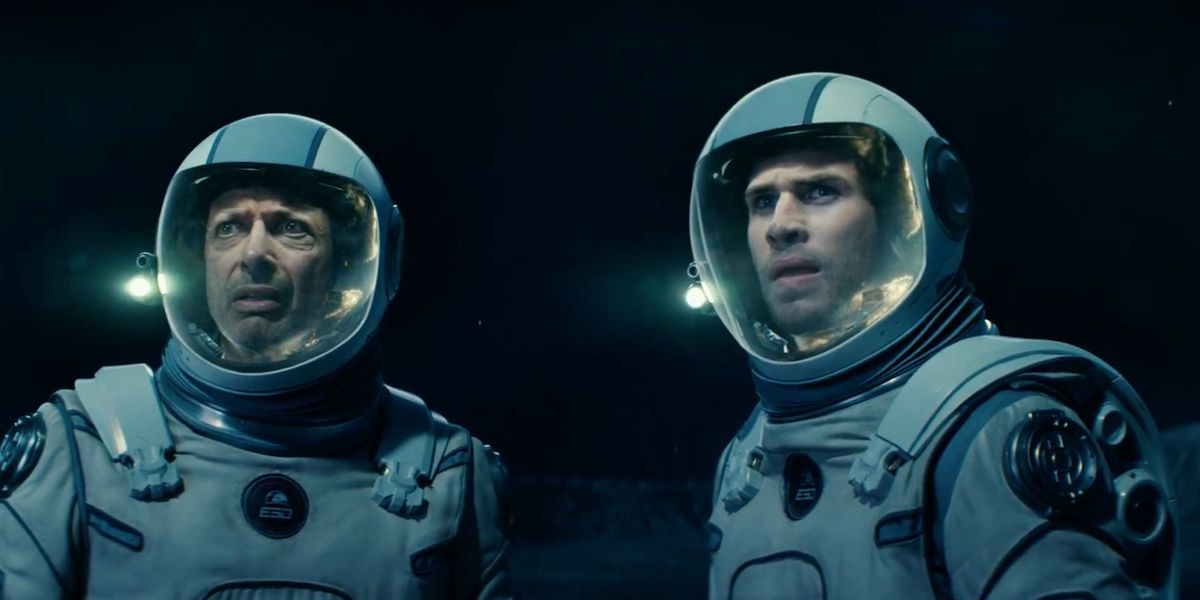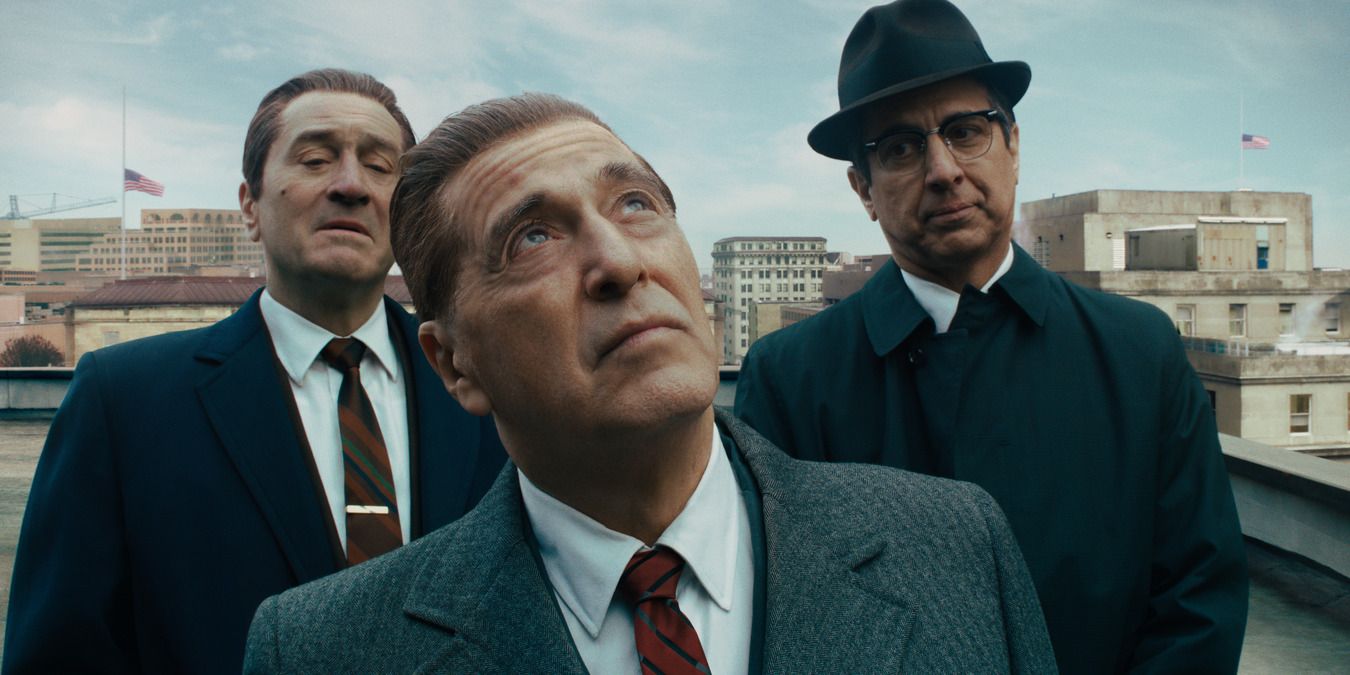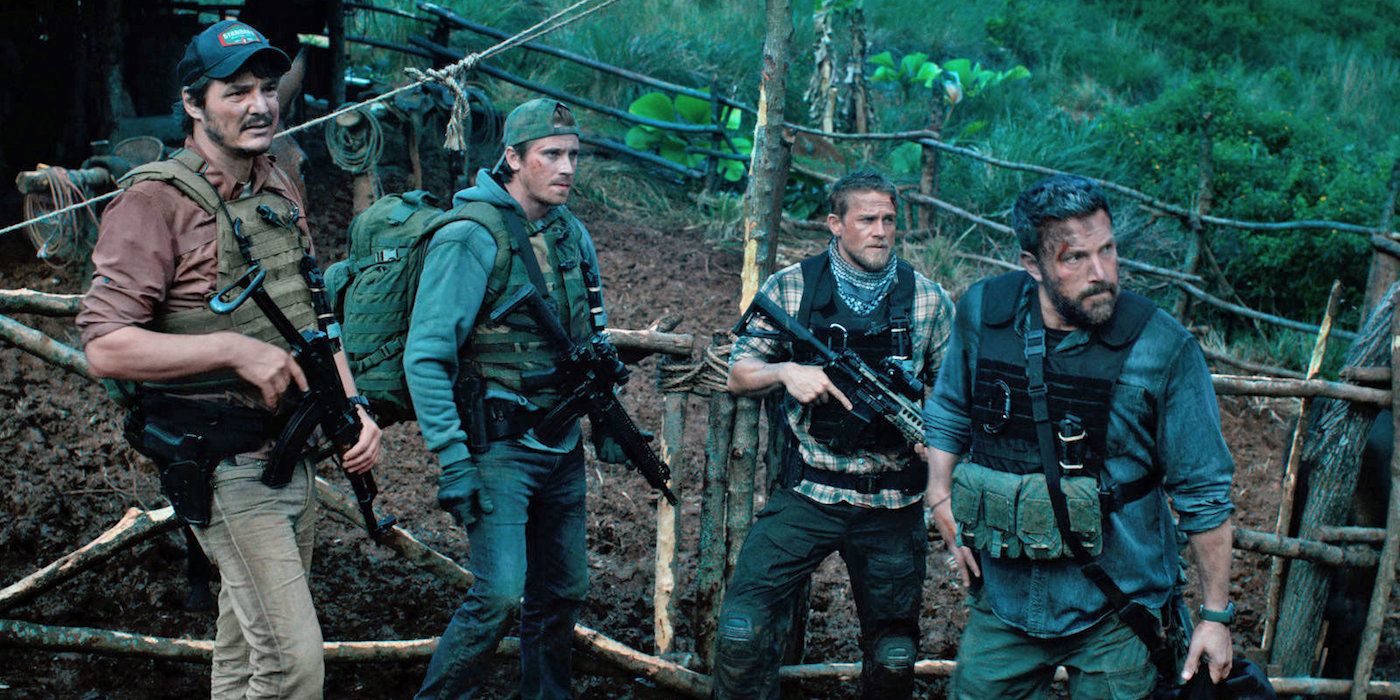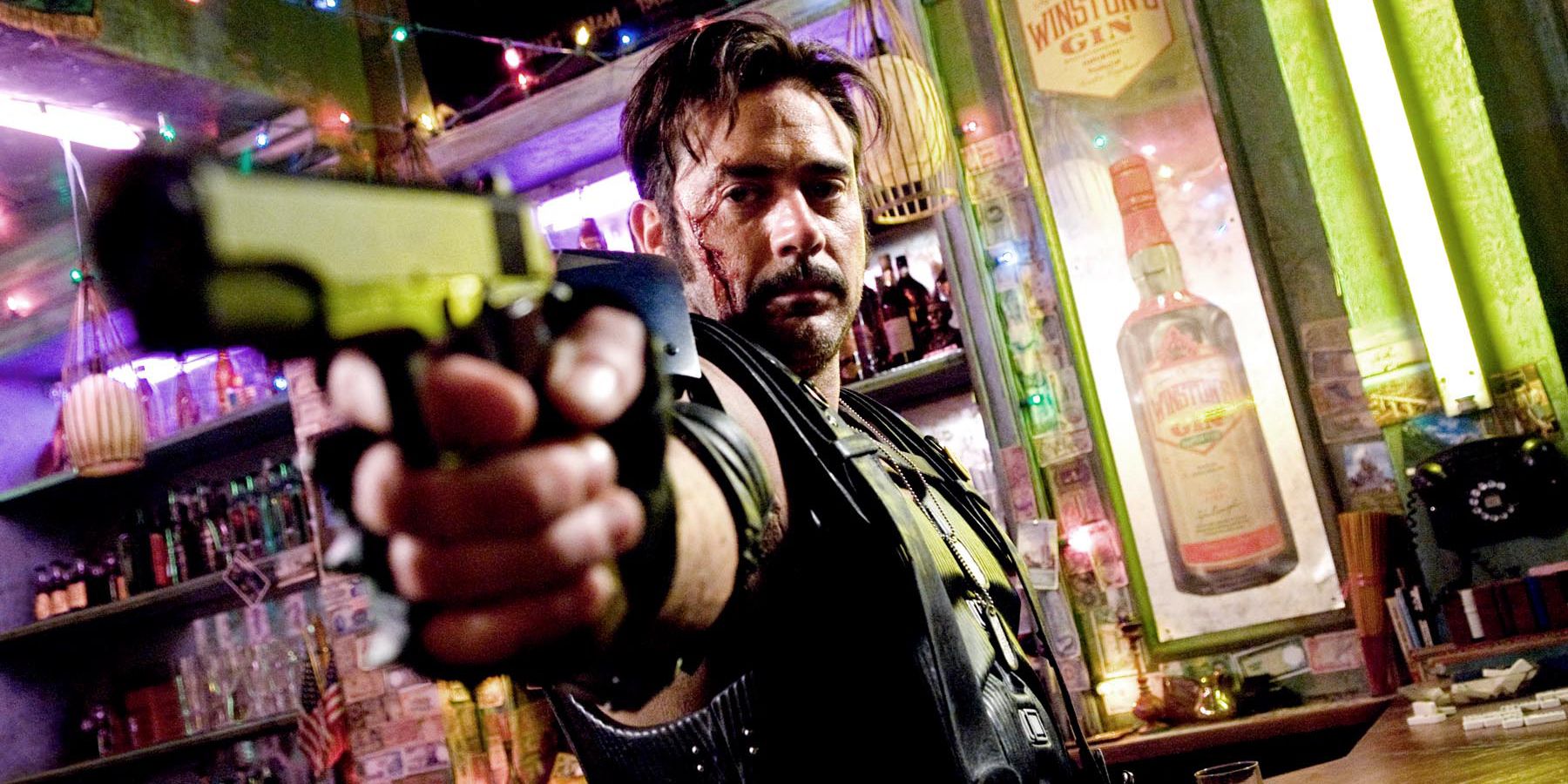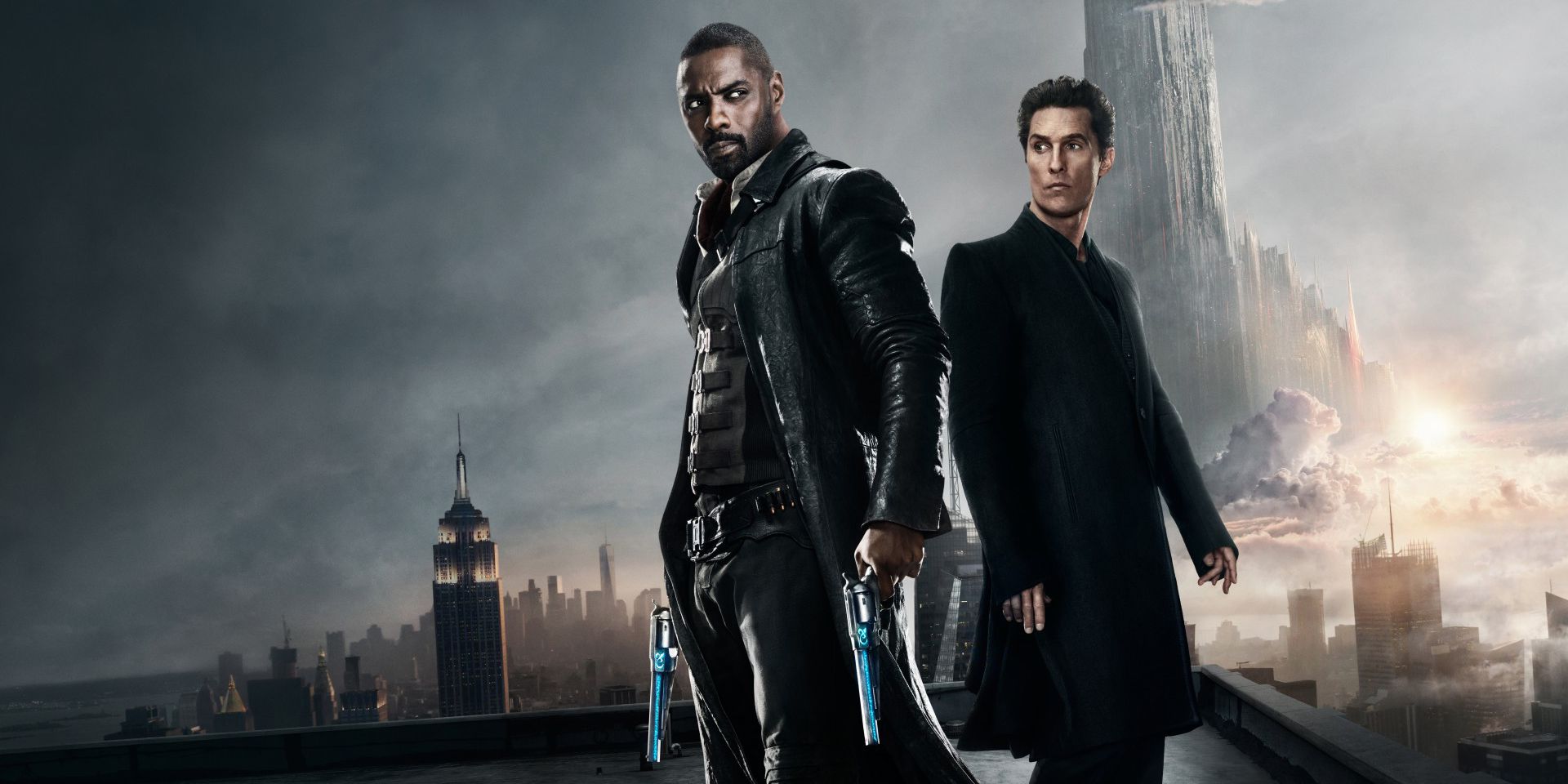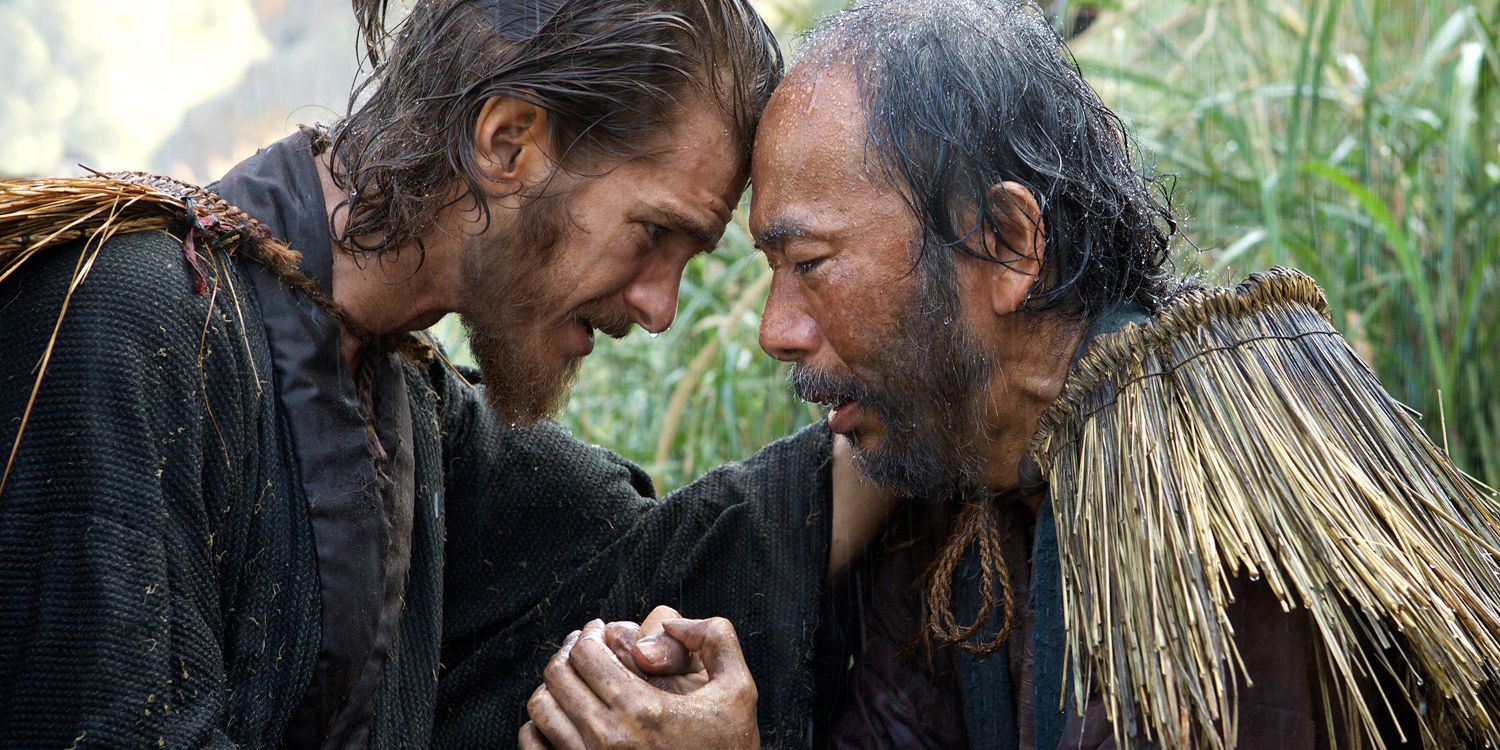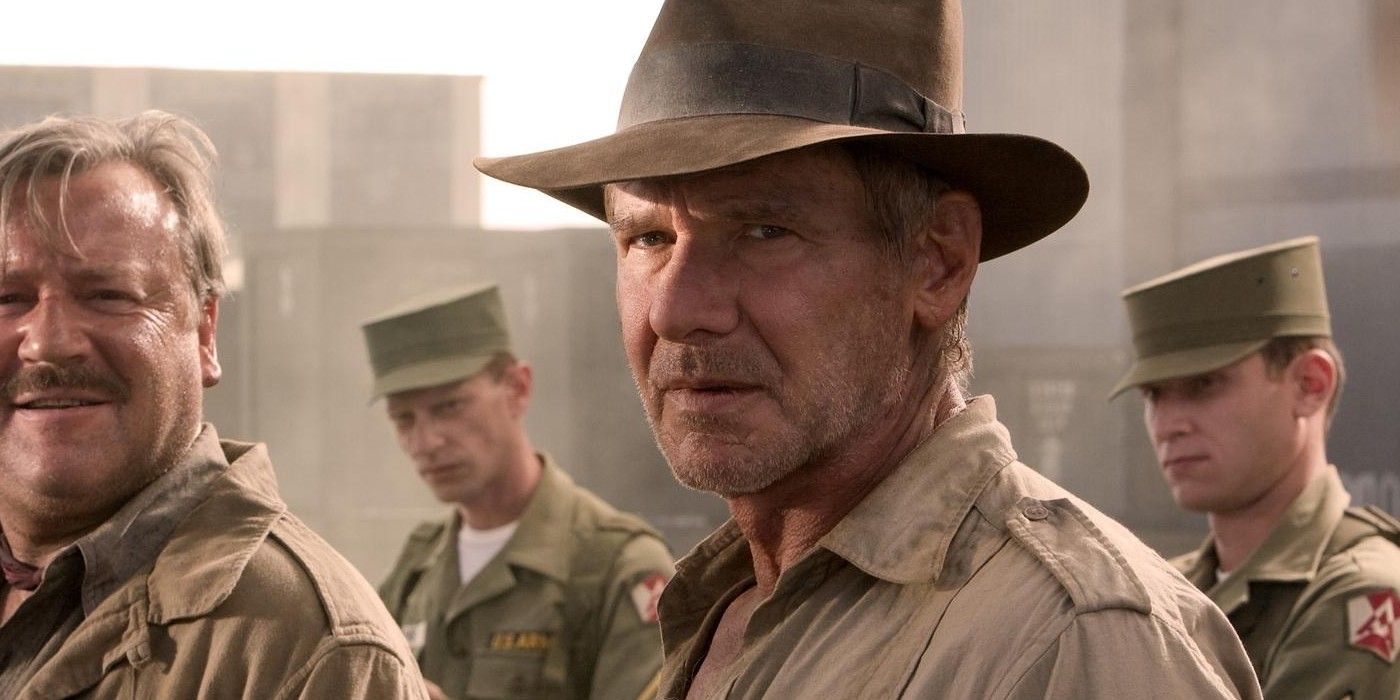“Development hell” is a film industry term referring to a place where movies can get stuck mid-development if they lose their director or struggle to find a cast or can’t find the necessary funding. Movies occasionally escape from development hell, but a long labored development process doesn’t always result in a good movie.
In fact, a lot of the time, the final result will have passed through so many hands – script rewrites, tonal changes, actors signing on and off – that it’s a bastardization of the original vision. So, here are 5 movies that we’re glad escaped from development hell (and 5 that should’ve stayed there).
Glad it escaped from developmental hell: Mad Max: Fury Road
Director George Miller regained the rights to the Mad Max franchise from Warner Bros. in 1995, and an idea for a fourth movie developed in his head through the late ‘90s. He initially scheduled the shoot for 2001, but he delayed the film following the 9/11 attacks. As the years passed, Mel Gibson became a controversial figure and Miller decided to recast Max.
By 2003, Miller had completed the script, but heavy rainfall, shipping restrictions, and the Iraq War caused years of further delays. Mad Max: Fury Road was eventually released in 2015, and it was instantly praised as one of the greatest action movies ever made.
Should’ve stayed in development hell: Alien vs. Predator
Shortly after Predator 2 was released in 1990, 20th Century Fox executives had the bright idea to pit their two bloodthirsty alien franchises against each other. Alien vs. Predator was initially planned to hit theaters in 1993.
However, with actors constantly leaving their roles and the script getting rewrite after rewrite and premature marketing failing to generate any buzz, it took until 2004 before the movie was made. And lo and behold, after 14 years, Fox managed to come up with some generic human characters to populate a generic sci-fi horror movie set up with the backdrop of a generic aliens-versus-aliens battle.
Glad it escaped from development hell: Deadpool
Deadpool didn’t reach multiplexes until 2016, but it entered development way back in 2000 with Artisan Entertainment. New Line Cinema took over in 2004 with writer-director David S. Goyer, and this is when Ryan Reynolds signed on to play the title role (having become interested when Deadpool compared himself to Reynolds in the comics).
Reynolds played Wade Wilson in 2009’s X-Men Origins: Wolverine, but that version was so far removed from the comic original that it wasn’t really Deadpool at all. It would take another seven years for Reynolds and his writers Paul Wernick and Rhett Reese to get a faithful, R-rated Deadpool movie produced, and in a crowded superhero movie market, it felt like a breath of fresh air.
Should’ve stayed in development hell: Independence Day: Resurgence
Following the phenomenal box office success of Independence Day in 1996, director Roland Emmerich planned to complete the trilogy with two sequels, ID Forever Part I and ID Forever Part II, which he intended to shoot back-to-back. In 1997, they entered development hell. Pre-production on a sequel to Independence Day didn’t begin until 2009, and it was no longer a two-parter.
Independence Day: Resurgence was released in 2016, and it just felt like a drag in comparison to the right-out-of-the-gate fun of the original. Jeff Goldblum stuck around, which is worth something, but Will Smith dropped out – he’d grown tired of sequels and didn’t want to do another one, which is fair enough – and he was replaced by Liam Hemsworth, who brought nowhere near Smith’s level of charm.
Glad it escaped from development hell: The Irishman
Robert De Niro first brought the story of Frank Sheeran to Martin Scorsese’s attention in 2007, and the director was immediately interested in bringing the character to life in a biopic. However, the story required the characters to be shown over 50 years, and there was no way to do that back then. As Hollywood studios pioneered digital de-aging techniques, Scorsese realized that was the only way to do the movie.
But since that required a budget of around $200 million, no studio would touch it. Eventually, Scorsese resorted to streaming – which his generation of filmmakers views as the plague that is destroying cinema – as Netflix was willing to put up the money for a 2019 release. Even on a small screen, The Irishman shines as one of Scorsese’s finest works (which is saying a lot, because he’s possibly the greatest living filmmaker).
Should’ve stayed in development hell: Triple Frontier
Netflix’s Triple Frontier initially went into development in 2010, with Tom Hanks and Johnny Depp starring in the lead roles and Kathryn Bigelow directing. When they all dropped out, Channing Tatum and Tom Hardy were attached and also dropped out before the movie finally got made for a 2019 release.
Be it Oscar Isaac, Charlie Hunnam, or Pedro Pascal, the actors are all fantastic in their roles and they have great chemistry with one another. Unfortunately, the film is let down by a weak script with an aimless plot. It’s easy to imagine that if Bigelow had directed it as originally planned, she would’ve punched up the script.
Glad it escaped from development hell: Watchmen
Alan Moore’s seminal comic book Watchmen was once considered to be “unfilmable.” Zack Snyder’s admirable big-budget adaptation finally hit theaters in 2009 (his director’s cut is better than the theatrical version), but the film rights had been in play since 1986 when they were bought by producer Lawrence Gordon.
At different stages of development, Terry Gilliam, Paul Greengrass, and Darren Aronofsky were all attached to helm the project. Warner Bros. eventually hired Snyder to direct in 2006, having been impressed with his work on the then-soon-to-be-released 300. Despite mixed reviews from critics, the film has become a cult classic.
Should’ve stayed in development hell: The Dark Tower
Stephen King has described The Dark Tower series as his magnum opus. With a combination of dark fantasy, horror, and western, it has the potential to make a great Hollywood franchise, but it’s also a tricky series to adapt since its story deals with the fabric of reality. As such, many writers and directors (including J.J. Abrams and Ron Howard, who each developed very different versions of the project before jumping ship) attempted to adapt it and ended up abandoning the project.
An adaptation first went into development in 2007, but a movie wasn’t released until 2017. Despite the best efforts of Matthew McConaughey and Idris Elba, The Dark Tower movie was a bitter disappointment.
Glad it escaped from development hell: Silence
Martin Scorsese’s religious films, like Kundun and The Last Temptation of Christ, tend to be his least popular (and therefore lowest-grossing) films, as mainstream audiences prefer to see Scorsese movies that star Leonardo DiCaprio as a degenerate stockbroker or Robert De Niro as a volatile gangster.
And that is a real shame because Scorsese’s religious films also tend to produce some of his most beautiful work. Silence, his 17th-century epic charting two Jesuit priests’ journey across Japan, is a prime example of that. Due to its lack of commercial appeal, Scorsese shopped it around for more than two decades before he could get it financed.
Should’ve stayed in development hell: Indiana Jones and the Kingdom of the Crystal Skull
George Lucas began developing a script for a fourth Indiana Jones movie in 1993 with screenwriter Jeb Stuart. Aliens were being used as a plot device from the offset – a 1995 script was titled Indiana Jones and the Saucer Men from Mars – which is astounding, because the final film, released in 2008, was mercilessly criticized for putting aliens in an Indiana Jones movie where they don’t belong.
At one point, M. Night Shyamalan was tapped to write the script. Over the years, there were scripts bearing such outlandish titles as Indiana Jones and the Destroyer of Worlds, Indiana Jones and the Atomic Ants, and Indiana Jones and the Son of Indiana Jones. The final movie felt like a slap in the face to Indy fans.

